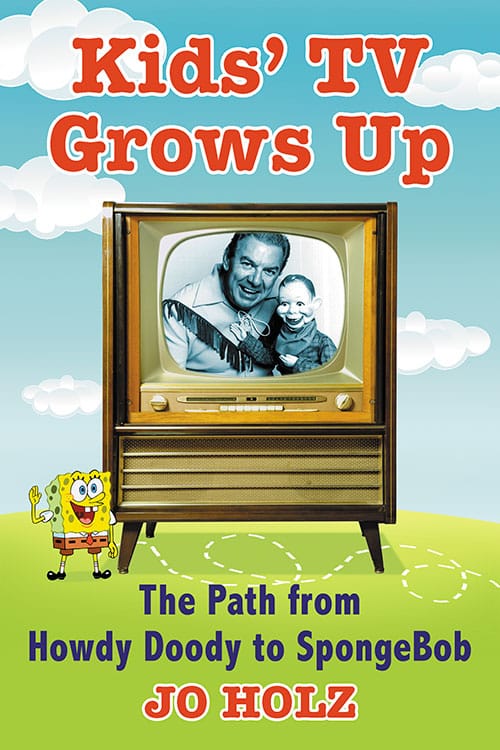Kids’ TV Grows Up
The Path from Howdy Doody to SpongeBob
$29.95
In stock
About the Book
In the early days of television, suburban families welcomed TV into their homes as an electronic babysitter that would also teach their children about the world. Children’s programming soon came to play a key role in the development of mass culture, promoting the shared interests, norms and vocabulary through which children interact with peers and define themselves as a cohort. This social history examines the forces driving the development of children’s television in the U.S., from its inception to the present. Analyses of iconic programs reveal how they influenced our concept of childhood.
About the Author(s)
Bibliographic Details
Jo Holz
Format: softcover (6 x 9)
Pages: 244
Bibliographic Info: 34 photos, notes, bibliography, index
Copyright Date: 2017
pISBN: 978-1-4766-6874-1
eISBN: 978-1-4766-3060-1
Imprint: McFarland
Table of Contents
Acknowledgments v
Preface 1
Introduction 5
One. The Birth of Children’s Television (Late 1940s to Mid–1950s) 13
Two. The Infancy of Children’s Television (Mid to Late 1950s) 53
Three. The Toddler Years (the 1960s) 73
Four. Early Childhood (the 1970s) 97
Five. Middle Childhood (the 1980s) 118
Six. The Tweens (the 1990s) 136
Seven. The Postmodern Child (2000–Present) 172
Epilogue 203
Chapter Notes 205
Bibliography 215
Index 223





